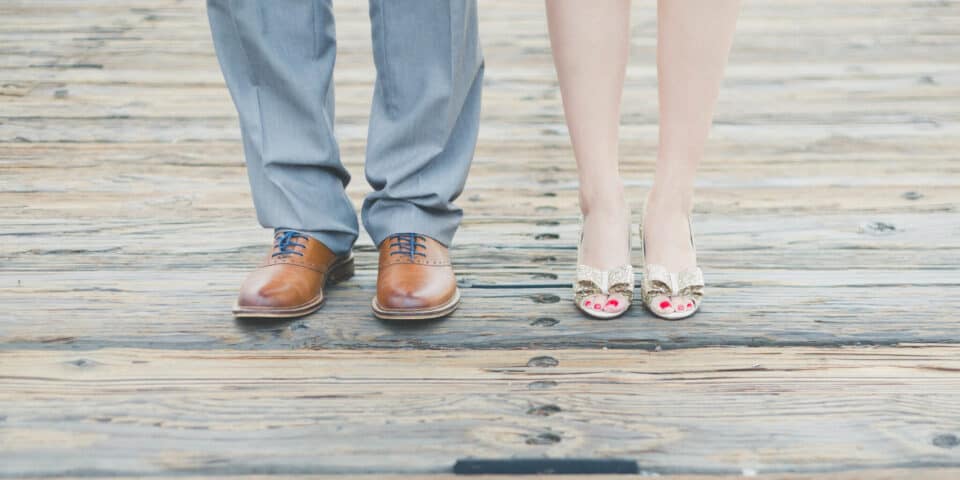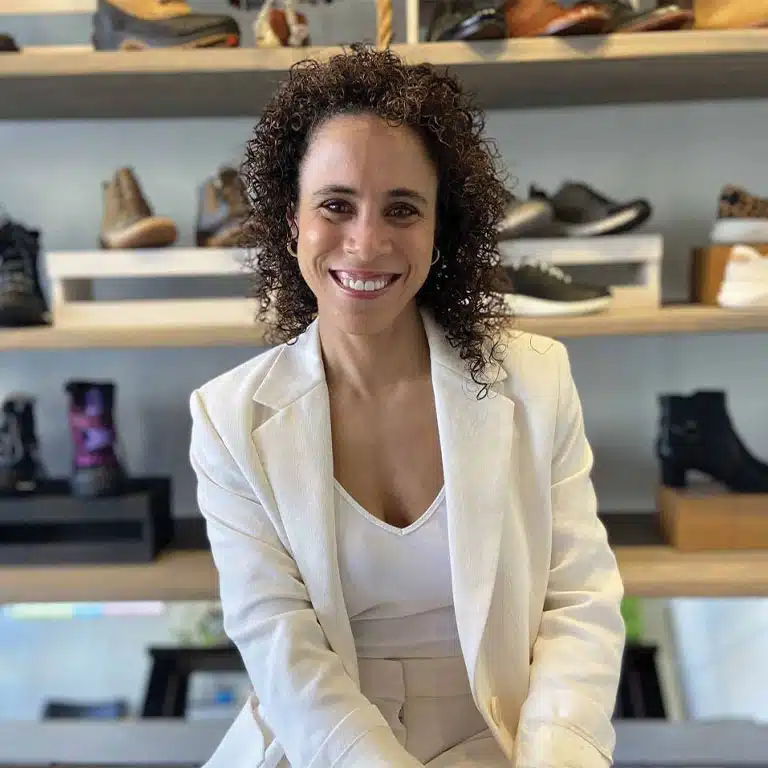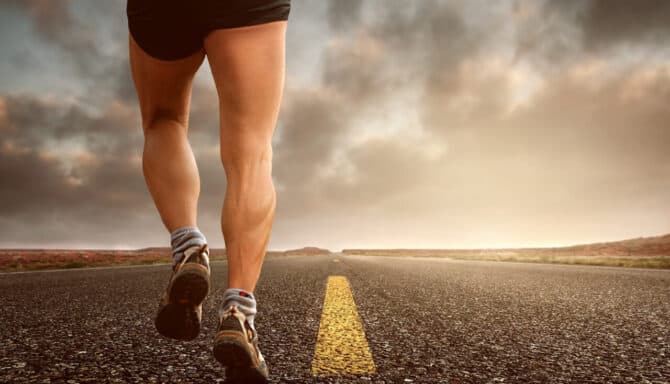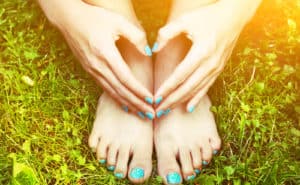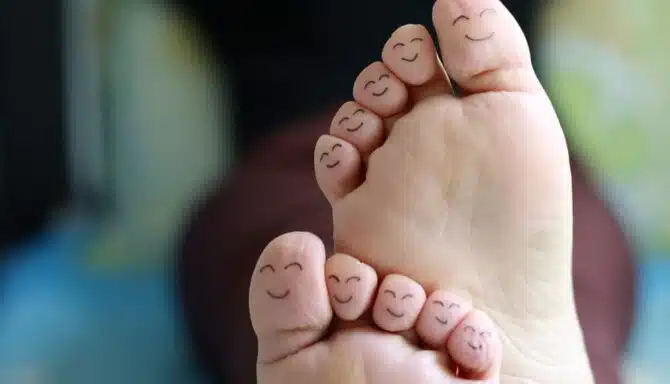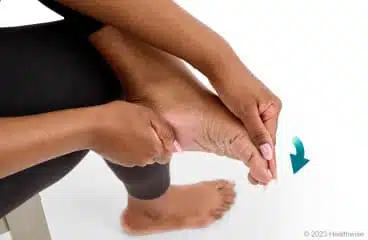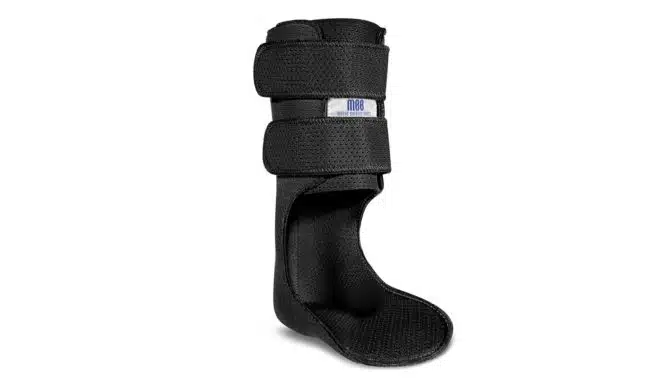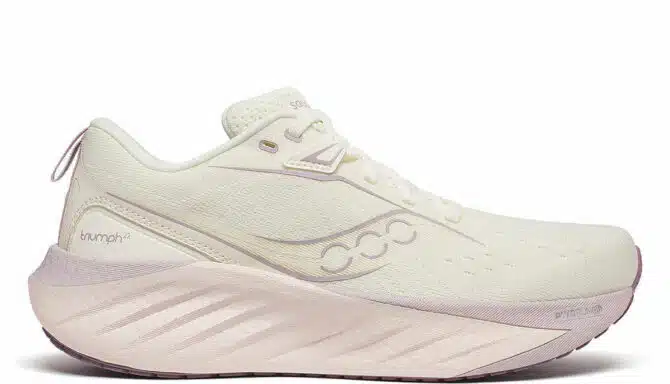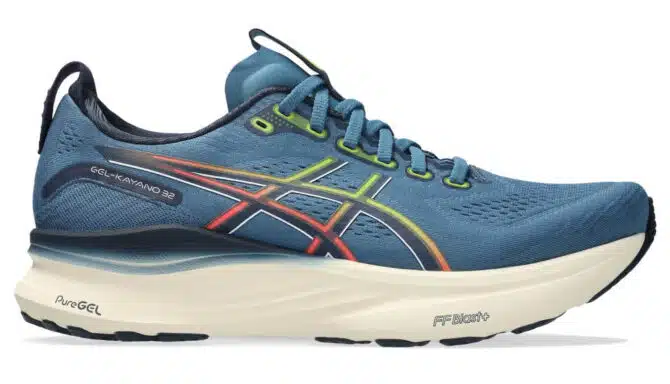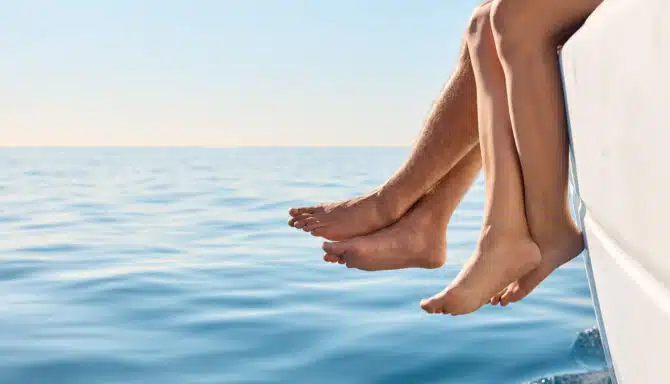Footwear is vitally important to you and your feet. As Dr Caruso states: “Footwear is your first line of defence against the wear and tear of an active lifelong lifestyle”.
Sometimes though it can be difficult to choose the best shoes. There can be a lot of (confusing) jargon associated with footwear and shoes. Many relate to the structure of the shoe. Others can be related to the foot health benefits of the shoe
A Shoe Can Be Broken Down Into 3 Distinct Functions.
1. Running Mechanics

Gait: The way in which you run or walk. There are a number of primary descriptions including being a heel-striker, midfoot-striker or toe-striker. These specify the first point of contact with the ground upon impact. Because people have varying gaits, there’s no one-size-fits-all shoe.
Pronation: The side-to-side rolling movement of your foot when impacting the ground. Typically, the foot and ankle roll inward until your foot is flat on the ground. A mild degree of pronation is normal.
Supination: Also referred to as “underpronation”, supination refers to a tendency for the ankle to roll outward during the gait cycle, which puts weight on the outer part off the foot. While less common and ideal than pronation, a mild degree of supination usually isn’t cause for concern.
Overpronation: The tendency for the foot and ankle to roll excessively inward upon impact and through to take-off. If you overpronate, you’re likely to see additional wear on the inner edge of your shoe. Overpronation usually coincides with flat feet and and can cause pain the feet and lower limbs.
Over-supination: The tendency for the foot and ankle to roll excessively outward upon impact and through to take-off. People who over-supinate are likely to see additional wear on the outer part of their shoes. Supination usually coincides with high, rigid arches and can cause pain in the feet and lower limbs.
Arch: Your arch is the curve of your foot, and is either normal, high, or low. This determines your foot type. Arches that are excessively low (flat feet) or excessively high can strain the joints and ligaments in the lower body and disrupt the gait pattern. If you’re unsure what your foot type is, book an appointment with a chiropodist at your local foot clinic.
2. Shoe Infrastructure
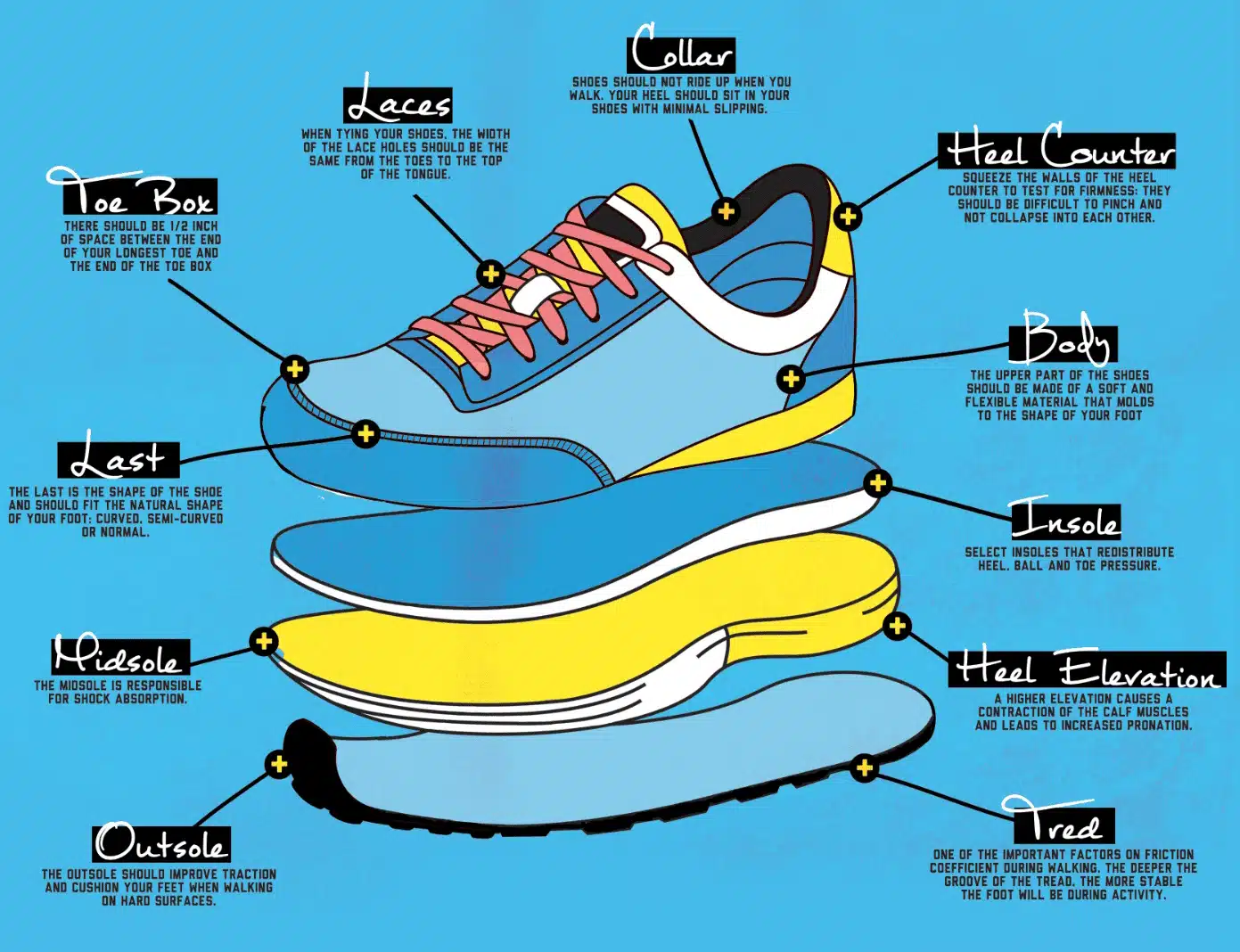
Upper: The material that wraps the foot and attaches to the midsole. This is the bulk of the shoe excluding the midsole and keeps your foot in place.
Overlay: The overlay is an additional layer of material on top of the upper. Overlays are useful for extra support, varying breathability and sometimes used to add a waterproof element to a shoe.
Eyelets: Shoelace holes.
Tongue: The tongue is the material that sits on top of your foot and under the sock laces.
Sock liner: The sock liner is the shoe’s inner material. The material is called a sock liner because it wraps around the foot like a sock. The material is often a few millimetres in thickness. It can wear down and suppress over time, moulding to your foot.
Toe box: The area at the end of a shoe which houses your toes. The width of the toe box is particularly important for people with narrow or wide feet. If it’s too narrow and is squishing your toes together, it can lead to many foot issues. That’s why the width of your shoe is just as important as the length (size).
Drop/offset: Most shoes, besides Altra, have a drop greater than zero. The drop of the shoe is the difference in heel height versus toe height. If the shoe has a drop of 8 mm, for example, the heel is 8 mm higher than the height of the toe where the foot sits.
Outsole: The outsole (sole) is the base of the shoe and features treads and grips. This is the shoe’s last line of defence between you and the ground.
Midsole: The midsole of a shoe is where the cushioning lies. Your foot sits on the midsole, separated by the in-sole (the removable sole inside your shoe). This provides the support you need. Often times, the midsole is made of Ethylene-Vinyl Acetate (EVA).
3. Shoe type
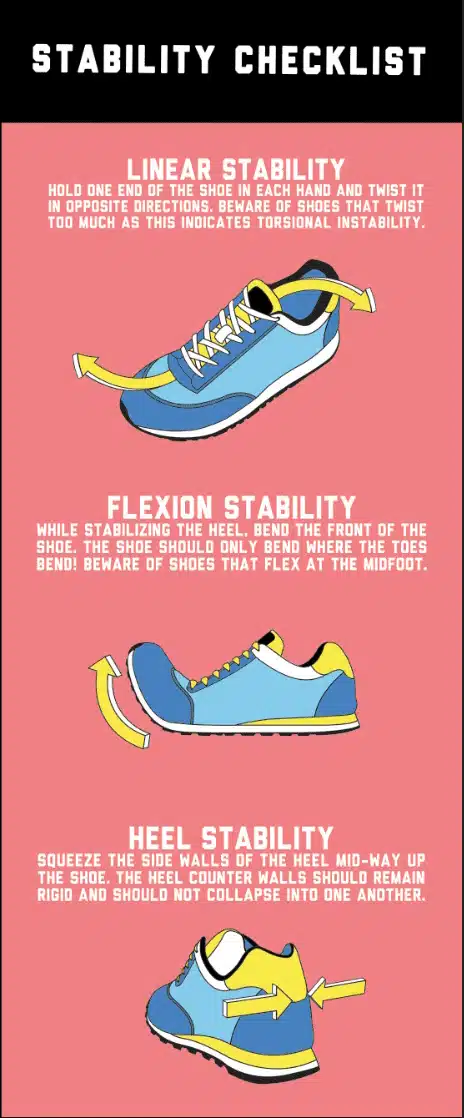
Stability: Mild pronators, over-pronators, and people with ankle instability should consider stability footwear. The shoe doesn’t have as much stability as a motion control shoe, but more than neutral footwear. Stability footwear often features extra support (called a medial post) on the inner side of the shoe side. This is to prevent arch collapse and correct any overpronation.
Neutral: Shoes with neutral cushioning are built uniformly with no additional features to correct your gait/running pattern. Cushioning is often softer than motion control and stability footwear. It is designed to absorb impact rather than correct running form. Regular pronators and supinators should consider neutral footwear.
Motion control: These are a subcategory of stability shoes. They’re designed to control the side-to-side range of motion of your gait. If you overpronate, motion control shoes have systems in place including stiffer heels and additional support on the inner medial side of the shoe. This prevents additional inward roll beyond what is normal. Mild- to severe-overpronators should consider motion control shoes. However, motion control shoes can also be rigid and restricting, which makes them not suitable for everyone.
Orthotics: Custom insoles based designed to provide corrective measures to your running and walking gait.
All these terms are good to know when deciding on a pair of shoes. To have your gait analyzed, check out Toronto’s Feet First Clinic on Bloor Street West.
